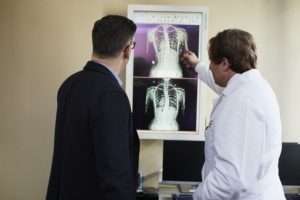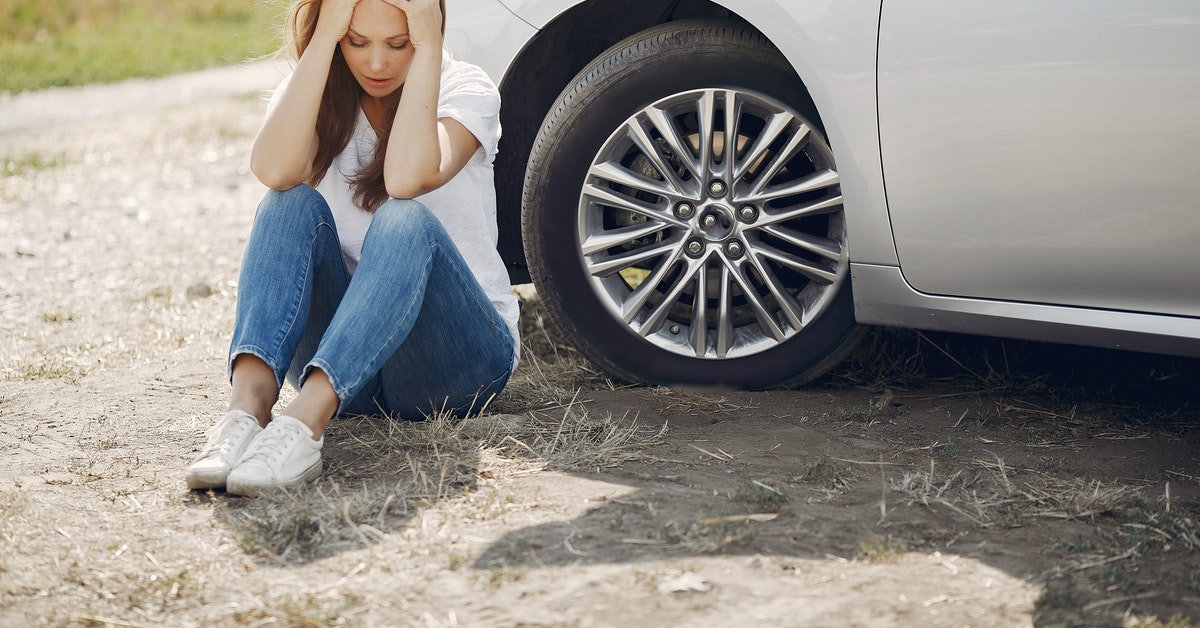Accidents happen, and when they do, it’s important to take the right steps to protect your finances and health. Here is your guide to what to do, and not do, after you’ve been in an accident:

Step One: Assessment and Fact Gathering
The first thing to do after a car accident or slip and fall is to assess the situation. You are going to be shaken up, and that can make it difficult to tell whether or not you’ve been injured. If you aren’t in any pain and can move freely, then you can begin gathering facts about your accident.
After a car accident, you should get the other driver’s name, address, and phone number and share yours with them. They don’t need any other personal information like your driver’s license number or photo- these should only be given to the police. Even if the accident wasn’t serious, it’s in your best interest to call the police. The accident report the police file can be a source of proof for your insurance company. Remember to never admit fault in an accident to anyone, including the other driver or the police. Your insurance contract most likely states that they won’t cover damages to your vehicle if you are at fault for the accident.
Most insurance companies will accept cell phone photos of accidents, so snap a few from different angles, focusing on damage to the vehicles involved. You should also jot down the address where the accident took place, the day and time, and which direction you were driving in. Getting these facts down at the moment is important. Details like this can be forgotten quickly under stress.
Many of these same steps apply to slip and fall accidents that happen on someone else’s property. Write down the date, time, address, and the circumstances of the accident (like a wet tile floor). Do this even if you don’t think you’ve been injured. It’s not uncommon for symptoms of injury to show up a few days after an accident.

Step 2: Get Checked Out
Within a couple of days of the accident, you should see a doctor or chiropractor and be evaluated for injuries. Common injuries like whiplash often don’t show symptoms until some time after an accident, but X-rays will show if the curve in your cervical spine (neck) has been thrown out. Here at Stanlick Chiropractic, we offer in-house X-rays and other diagnostic tools to evaluate patients. We will check for herniated discs, nerve pain, and other common injuries related to accidents.
After diagnosing your injuries, we will provide you with a personalized treatment plan so that you (and your insurance company) know what to expect.

Step 3: File Your Claim
After you have the facts of the accident and know whether or not you’ve been injured, it’s time to call your insurance company. It would be best if you tried to get to this step within a few days of the accident taking place, or within the time specified in your insurance contract. Again, you should not admit blame for the accident. Let the insurer do the talking and negotiate with the other driver’s insurance. Your agent should inform you about the next steps and how to submit the needed paperwork.
Don’t let the insurance company pressure you into taking a quick settlement. Ask for a day to think about it before you sign on the dotted line. You can be your own best advocate by reading your insurance paperwork and being familiar with what your insurance company has committed to doing for you.

Step 4: Get Treatment
Life-threatening injuries should be treated immediately after an accident, but less critical injuries can be treated after you’ve seen your medical provider and filed a claim with your insurance company. Even before your insurance company agrees to pay, you can begin receiving treatment. At Stanlick, we will bill your insurance immediately when you come in for treatment related to an accident. The sooner you begin treatment, the better your prognosis will be.
Injuries like whiplash and herniated discs can cause debilitating pain and stiffness if left untreated. Your treatment plan will vary depending on your injuries and may include chiropractic adjustment, ultrasound therapy, massage therapy, and nutritional counseling. Most patients see results quickly but need treatment for several weeks or months to complete the healing process.

Step 5: Hire a Lawyer
This step may not be necessary for you, but if your insurance company (or the other driver’s insurance company) is giving you the runaround, a lawyer can make a big difference. Personal injury lawyers take a percentage of the settlement they win for you– so you don’t owe them any money unless you get paid. Here at Stanlick, we have extensive experience with patients who come in for treatment due to an accident. Over the years, we have learned about which attorneys have done the most for our patients, and we offer lawyer referrals to our patients who find that they need legal counsel.

